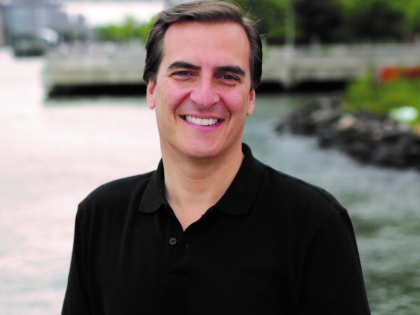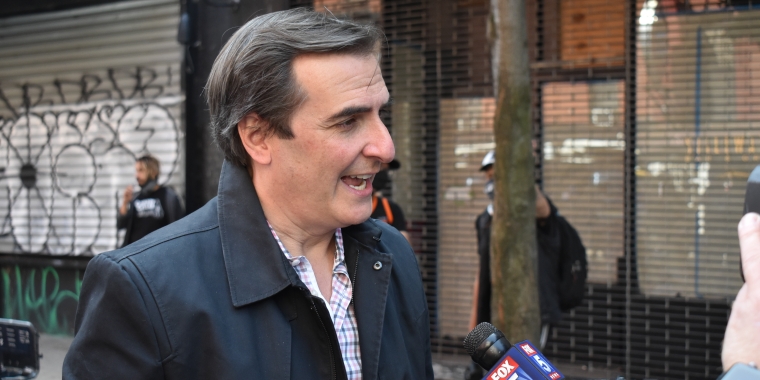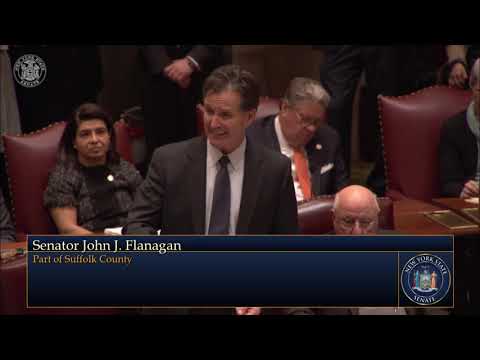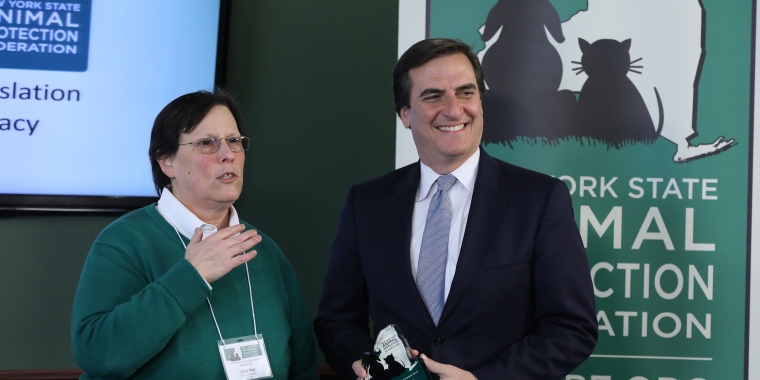
New York Times: Why New York Again Trails Almost All States in Counting Votes

Two weeks after Election Day, New York State was still counting hundreds of thousands of absentee ballots on Tuesday at a sluggish pace that some officials attributed to bureaucratic dysfunction and arcane state laws.
Whatever the cause, New York was sure to be among the last states, if not the last, to finish counting votes, and even some officials in charge of the process acknowledged that the delay was an embarrassment.
And while attention remained focused on battleground states where mail-in ballots helped clinch the election for President-elect Joseph R. Biden Jr., New York, a Democratic stronghold that was called for Mr. Biden almost immediately after polls closed, had mostly dodged national scrutiny for its lagging performance.
“If we were a swing state in this presidential election, we would be getting ridiculed across the world right now,” said State Senator Michael Gianaris, the deputy leader of the Democratic majority. “Florida, with all its terrible history of vote counting, manages to count votes before and on Election Day, even if they were mailed in.”
Still, there has been notable fallout from the slow counting in New York. An initial perception, based on Election Day returns, that Republicans had won many down-ballot races has faded as more absentee ballots, which lean Democratic, are counted, cutting into their leads.
The outstanding votes will play a crucial role in several contests that had not been called as of Tuesday.
In Central New York, the race between Rep. Anthony Brindisi, a Democrat, and Claudia Tenney, a former Republican congresswoman vying to reclaim her seat, remained too close to call.
In the State Senate, where Democrats hope to secure a supermajority, results still were not final in key races in the Hudson Valley and on Long Island, where Democratic incumbents faced strong Republican challengers.
The number of votes still to be counted, especially in New York City, where Democrats dominate, was also bound to boost Mr. Biden’s already-wide margin in the national popular vote.
Mr. Gianaris introduced legislation last week that is meant to expedite the vote-counting process in future elections, especially as New York considers expanding absentee voting to all voters permanently, not confining it to circumstances like those created by the pandemic.]
The bill would revise state law to allow election officials to open and count absentee ballots beginning on Election Day. This year, local boards did not begin to open and count absentee ballots until seven days after Election Day, and some did not start until Monday, nearly two weeks after voters went to the polls.
The challenges extended to getting a precise figure for how many votes were yet to be counted. Nearly 6.8 million votes, most of them cast in person, had been tallied by Tuesday, and one research firm estimated that roughly two million ballots — most of them absentee, but also some military, overseas and provisional ballots — could still be outstanding.
To many people, the protracted count was reminiscent of what happened during the June primaries, when two congressional races were not decided until six weeks after Election Day as officials struggled to handle an avalanche of absentee ballots.
Even with final results beginning to trickle in for some races, local election boards have until Nov. 28 to report official counts to the state Board of Elections, meaning the tallying could drag on for more than a week in some counties.
“I’ve been raising that question because I want to monitor to make sure that everybody is going to be done by Thanksgiving,” said Douglas A. Kellner, a co-chair of the state Board of Elections.
Officials in Onondaga County, which includes Syracuse, have already said they will miss the Nov. 28 deadline. The ballot count there was postponed until after Thanksgiving after eight election workers tested positive for coronavirus.
The pandemic forced election officials in New York to adapt on the fly as the state offered all voters the option of voting by absentee ballot in an effort to reduce crowding at polling sites because of the coronavirus. It was a major change for a state that does not have a robust vote-by-mail system like other states where voting by mail is more popular.
Although accustomed to voting in person, New Yorkers were receptive to the change: More than 1.9 million voters, or about 14 percent of all those who are registered to vote in the state, returned absentee ballots for the presidential election. That strained local boards, many of which are already understaffed and underfinanced.
The sheer number of ballots does not tell the entire story.
New York is one of a few states where a voter can mail in an absentee ballot, but cast a vote later in person. In New York City, the local election board sent as many as 100,000 voters in Brooklyn absentee ballot packages that contained incorrect names and addresses to voters. Fears that absentee ballots would not be counted pushed people to the polls.
An in-person vote nullifies an absentee ballot so that a vote is not counted twice, but ensuring that a voter did not cast two ballots can take a few days.
Mr. Gianaris’s bill would address that by amending state law to count only the first ballot cast by a voter, not the last. That would allow boards to begin processing, but not opening, absentee ballots before Election Day, as other states do. Under the bill, election officials could begin opening ballots three hours before polls close on election night.
Election boards currently have plenty of leeway to decide when to open absentee ballots as long as they begin to do so no later than 14 days after Election Day, as required under state law. Most opted to begin their counts on Nov. 10, a week after Election Day and also the last day on which they could receive an absentee ballot postmarked by Election Day.
The proposed changes, Democratic lawmakers hope, could allow New York to finalize election results more quickly after polls close.
Improving how officials handle absentee ballots will be crucial if New York adopts what is known as no-excuse absentee voting, which allows any voter to request an absentee ballot without providing an excuse.
Had there not been a pandemic this year, a voter would have had to choose from a narrow set of reasons, including having a disability or being away from home, to cast a ballot by mail. Democratic lawmakers hope to place a constitutional amendment calling for no-excuse absentee voting on the ballot as a statewide referendum next November.
The counting was further delayed this year by campaigns that objected to the validity of ballots in what Mr. Kellner described as “a very slow and arduous process.” The legislation proposed by Mr. Gianaris, Mr. Kellner said, would effectively move the objections process up so that it begins before Election Day.
Despite the long wait for final tallies, even those who favor reforming the state’s voting system urged patience given the unprecedented pressure the pandemic has placed on election officials.
“New York voters should understand that we will not know the results of many close races until some weeks later,” said Susan Lerner, the executive director of Common Cause New York, a government watchdog group. ”And that is not the death of democracy, but a sign of life.”



